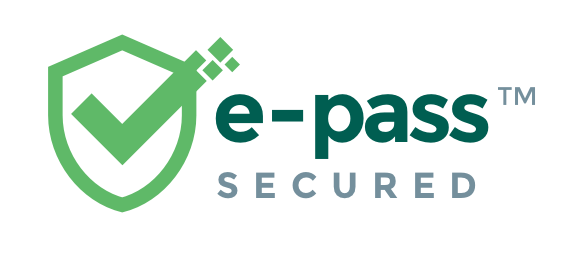question archive Milestone-1 of the FRA project will cover the basic model building for predicting credit risk
Milestone-1 of the FRA project will cover the basic model building for predicting credit risk
Subject:StatisticsPrice:18.99 Bought12
Milestone-1 of the FRA project will cover the basic model building for predicting credit risk.
Milestone-2 of the FRA project will cover the model comparison for credit risk and a case study on market risk.
This project contains details for Milestone-1
Problem Statement
Businesses or companies can fall prey to default if they are not able to keep up their debt obligations. Defaults will lead to a lower credit rating for the company which in turn reduces its chances of getting credit in the future and may have to pay higher interests on existing debts as well as any new obligations. From an investor's point of view, he would want to invest in a company if it is capable of handling its financial obligations, can grow quickly, and is able to manage the growth scale.
A balance sheet is a financial statement of a company that provides a snapshot of what a company owns, owes, and the amount invested by the shareholders. Thus, it is an important tool that helps evaluate the performance of a business.
Data that is available includes information from the financial statement of the companies for the previous year (2015). Also, information about the Networth of the company in the following year (2016) is provided which can be used to drive the labeled field.
Explanation of data fields available in Data Dictionary, 'Credit Default Data Dictionary.xlsx'
Hints :
Dependent variable - We need to create a default variable that should take the value of 1 when net worth next year is negative & 0 when net worth next year is positive.
Test Train Split - Split the data into Train and Test dataset in a ratio of 67:33 and use random_state =42. Model Building is to be done on Train Dataset and Model Validation is to be done on Test Dataset.
Please note the following:
- Please avoid sharing code in the business report. There might be a deduction if codes are shared in the report
- Please ensure all the graphs displayed in the report are clearly visible
- The proper interpretation should be provided wherever required
- You have to submit 2 files :
- Business Report: It should include a detailed explanation of the approach used, insights, inferences, all outputs of codes like graphs, tables, etc. Your report should not be filled with codes. You will be evaluated based on the business report only. Hence please ensure that your business report is detailed and includes everything apart from code.
- Jupyter Notebook file: This is a must and will be used for reference while evaluating.
Scoring guide (Rubric) - FRA Rublic (Part-1) (2)
| Criteria | Points |
|---|---|
1.1 Outlier Treatment |
6 |
1.2 Missing Value Treatment |
3.5 |
1.3 Transform Target variable into 0 and 1 |
2 |
1.4 Univariate (4 marks) & Bivariate ( 6marks) analysis with proper interpretation. (You may choose to include only those variables which were significant in the model building) |
10 |
1.5 Train Test Split |
2 |
1.6 Build Logistic Regression Model (using statsmodel library) on most important variables on Train Dataset and choose the optimum cutoff. Also showcase your model building approach |
10 |
1.7 Validate the Model on Test Dataset and state the performance matrices. Also state interpretation from the model |
7 |
Quality of Business report.(Please refer to the Evaluation Guidelines for Business report checklist. Marks in this criteria are at the moderator's discretion).Please refer to the Business Report Do's and Don't Document shared in the problem statement |
4.5 |
| Points | 45 |

Purchase A New Answer
Custom new solution created by our subject matter experts
GET A QUOTE
Answer Preview
Please download the answer files using this link
https://drive.google.com/file/d/1Pao4sZK4J0F3sCwy6lsr4Qg6MIuwYiFF/view?usp=sharing








